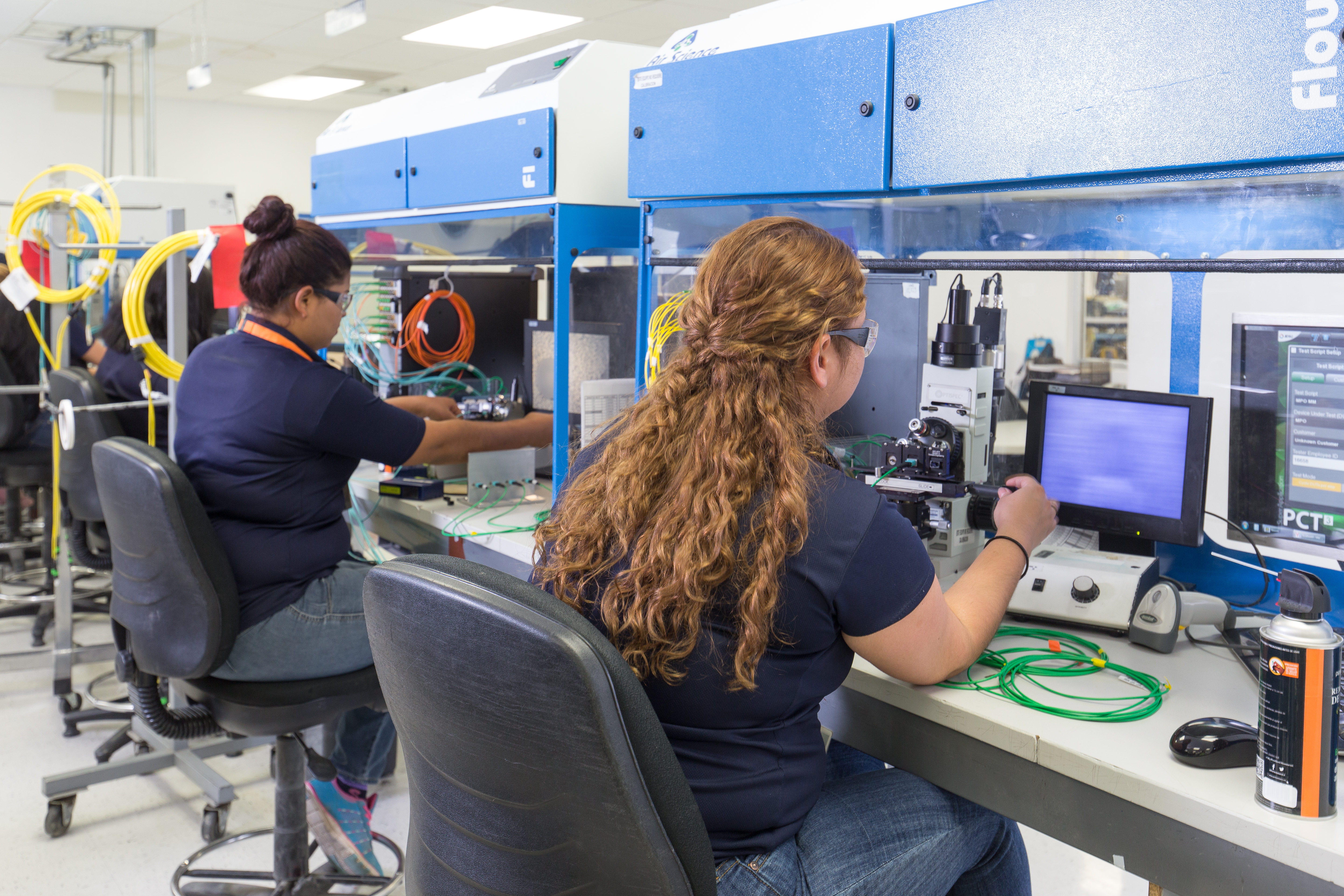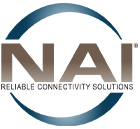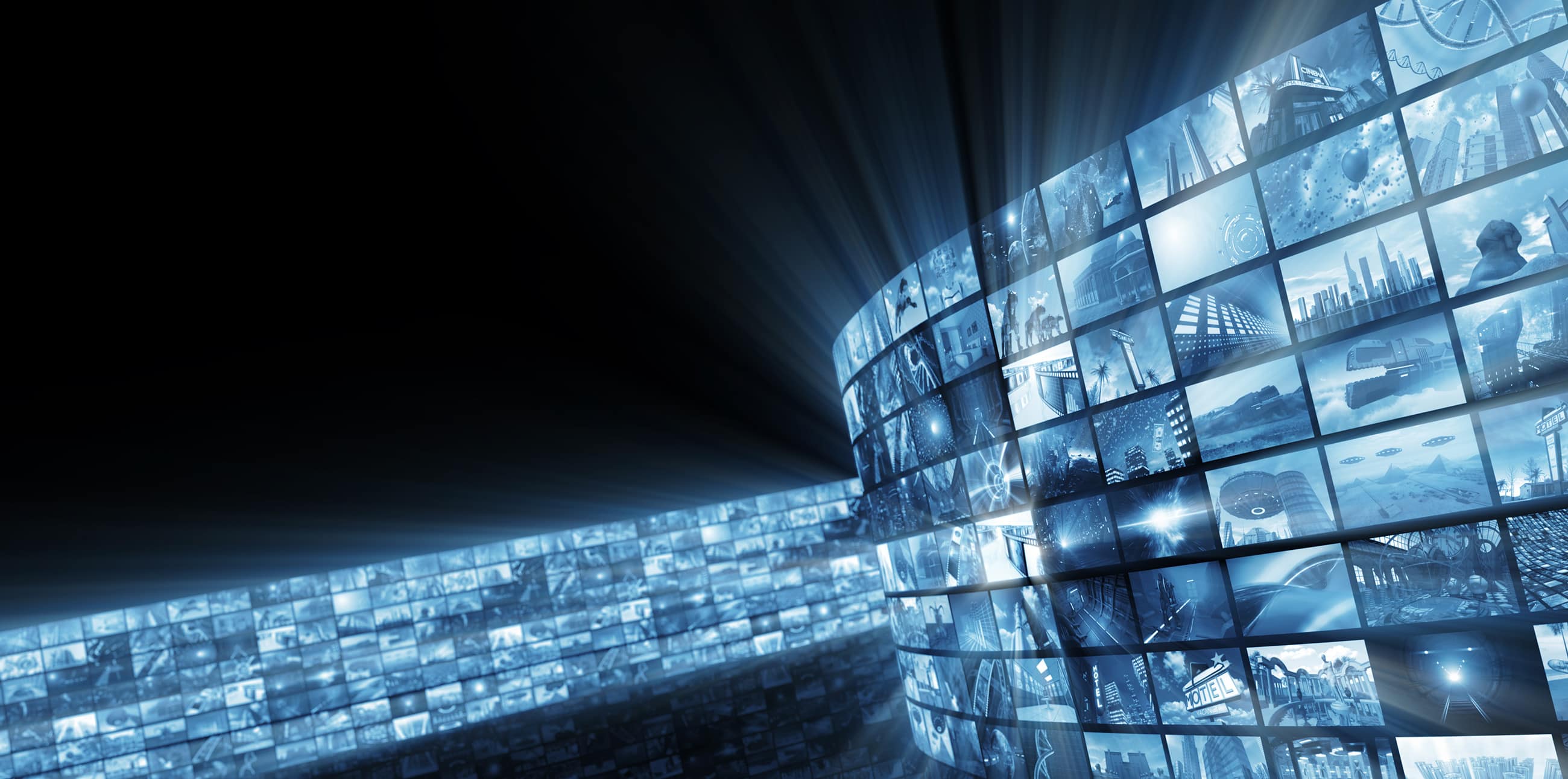
19 Jul What Is the Industrial Internet of Things?
The age of connectivity is here. From smartphones and self-driving cars to self-regulating factory equipment, futuristic gadgets aren’t just for James Bond anymore.
The Internet of Things (IoT) and Industrial Internet of Things (IIoT) are already dramatically changing how we interact with the devices we use, making them ever more integral to the management of our daily lives.
A Brief History of the Internet of Things
What is the Internet of Things, exactly?
Broadly, the IoT is a distributed computer network between devices, such as thermostats, fitness wearables, and even medical equipment. The consensus is that the age of IoT had its genesis between 2008 and 2009. During this period, the total number of “things” connected to the Internet grew to be larger than the total number of people in the world.
However, the term “Internet of Things” was coined a decade earlier by Kevin Ashton, who in 1999 was working as a brand manager for Procter & Gamble. Ashton used the term to help explain his idea for using radio frequency identification (RFID) sensors to manage Procter & Gamble’s supply chain.
The Basics of How the IoT Works
An IoT network is made up of three basic building blocks: devices, data, and connectivity.
The “things,” or devices, are often equipped with small controller boards (such as the Photon or Electron board from Particle) and embedded sensors that are capable of detecting conditions in the surrounding environment or in the devices themselves.
IoT devices are classified as “ smart” because they are constantly receiving and emitting data. This data includes information about operational states and reports about the environmental conditions registered by embedded sensors.
Where does all this data go? It gets transmitted over a network—cellular, wireless, or wired—to a shared IoT data platform that’s hosted online, “in the cloud.” You can think of the IoT platform as a giant switchboard that performs several key functions:
- Collecting and integrating data sent from source devices.
- Analyzing the data to extract key pieces of information.
- Sharing the data analytics results with target devices.
For example, consider a smart home thermostat. The thermostat delivers a report stating that the ambient temperature is 70 °F, and that the ambient humidity is 15%. The report also communicates that the thermostat is in a healthy, operational state.
This data gets communicated through your home network and the wider internet to the IoT data platform, which sorts through the information and determines what to send back down to the thermostat app on your smartphone. This all happens without the need for human input.
You can then monitor the status of your home thermostat in real time, and use your thermostat app to adjust its settings remotely.
Industrial vs. Consumer IoT
Smart thermostats and smartphones are examples of devices that use the consumer IoT, but what about the IIoT? What is it, and what sets it apart from the IoT?
Here are some of the main ways in which the IoT and IIoT differ:
- General usage—The consumer IoT is used in home and personal settings, while the IIoT operates in much larger commercial and public settings, such as in manufacturing, the oil and gas industry, public utilities, city operations, transportation, and public safety.
- Level of technology—IIoT devices use sensors that are much more sophisticated and precise than the sensors used in consumer IoT devices.
- Scale of data—The amount of data flowing through an IIoT network is much greater than the amount involved in consumer IoT. The IIoT requires the help of advanced IT tools like artificial intelligence and machine learning to process and analyze the massive amounts of complex data being generated and consumed by the devices.
- Risk factors—The IIoT frequently operates in the realm of large infrastructures regulating critical resources, such as electricity and gas, and critical services, such as health care and air transportation. Consequently, the stakes for the IIoT are much higher than they are for the consumer IoT. A breakdown in the consumer IoT is inconvenient, but a breakdown in the IIoT can result in a life-threatening public emergency.
A Few Examples of the Industrial Internet of Things
Manufacturing supply chain
Sensors embedded directly in an assembly line’s conveyor belts transmit reports about the health of the equipment and operations. As a result, factory managers can monitor the equipment and proactively detect service issues before machines break down.
Delivery trucks equipped with smart connections to the IIoT cloud can communicate with each other and with smart-connected regional distribution centers. This makes it possible for manufacturers to track inventory and the delivery status of goods in real time.
Electric power utility
A utility company responsible for supplying electric power to an entire region uses the IIoT to implement smart grid technology. This includes smart-connected meters that continuously monitor and report electricity usage to the company.
Consumers can also view their own power usage through a web portal. Other IIoT devices are connected to power grid hardware, making it possible for technicians to control equipment remotely from an operations center. Automation scripts instruct the devices to make any necessary self-adjustments in response to changing conditions in the grid.
Smart parking in a smart city
In some IIoT-connected cities, you can use mobile apps on your smartphone to search for convenient parking. Sensors embedded in the asphalt continuously monitor parking spaces as they become available, transmitting reports up to the IIoT data platform which processes the information and sends it back down to your smartphone app.
The city uses data gathered by monitoring devices to analyze patterns in parking usage, and to plan for special events that require the availability of overflow parking lots. Parking enforcement officers also find that IIoT data helps them to issue citations more accurately and easily.
The Biggest Challenges in the IIoT
Here are the main challenges and concerns faced by manufacturers, public utility providers, and city governments in their implementations of the IIoT.
- Scalability—IIoT organizations must contend with a much larger scale of physical operations than traditional IT networks are used to handling. For example, an electrical utility company can have 10,000 employees representing 10,000 IT endpoints. However, the company manages a service area that is 10 million square yards, or 1,000 times more than its conventional IT capacity. As a result, the IIoT must use artificial intelligence and machine learning to streamline the handling of data from its many connected devices.
- Security—The increased connectivity of devices sharing data in the cloud means that useful information is much easier to transmit over long distances. Unfortunately, malware can also spread more easily over the network and infect many other devices.
- Privacy—Individuals and advocacy groups have raised ethical concerns about the amount and types of personal data (such as medical history and purchasing habits) being sent to the cloud from IIoT devices. Who owns this data, and what rights do individuals have to limit how their data can be shared or used?
- Interoperability—As an emergent technology, IIoT has to contend with a number of different communication protocols and architectures that are competing with each other to become the industry standard. This can make it challenging to ensure that IIoT devices communicate in ways that are clear and understandable to other devices in a given network.
The Industrial Internet of Things is in its early stages, but it’s already greatly increasing efficiency and reducing long-term costs for manufacturers and service providers alike. Like any emerging technology, it has its drawbacks, such as increased susceptibility to potential malware attacks, but the benefits it offers make it clear that the IIoT is here to stay.
How NAI Can Help
While there are still challenges to be overcome and hurdles to cross, IIoT is here today, and NAI is positioned to help companies who are exploring the new potential IIoT offers them. The marriage of AI, 5G and IIoT is creating many new possibilities in the equipment, processes and networks that serve the manufacturing and processing industries. The common denominator for many of the new applications include the use of sensors and interconnects. As an interconnect specialist, NAI can help you by designing and manufacturing the assembly, harness, box or panel build that you need.

